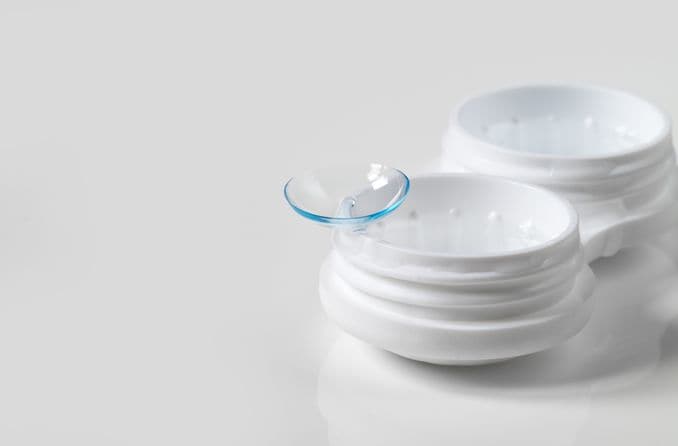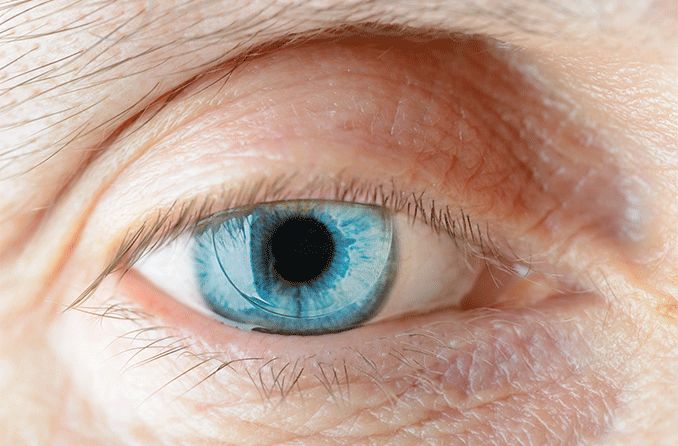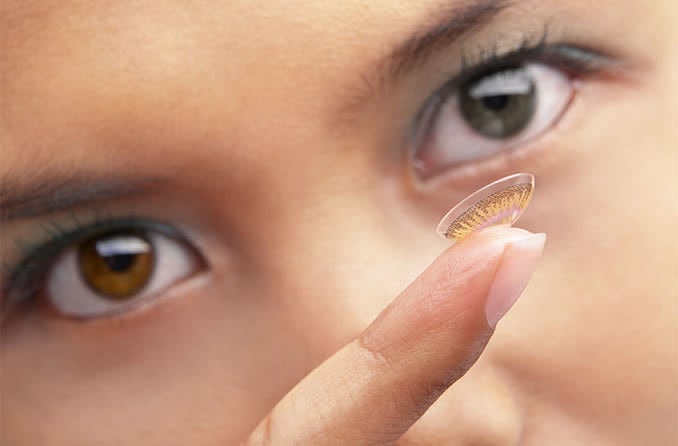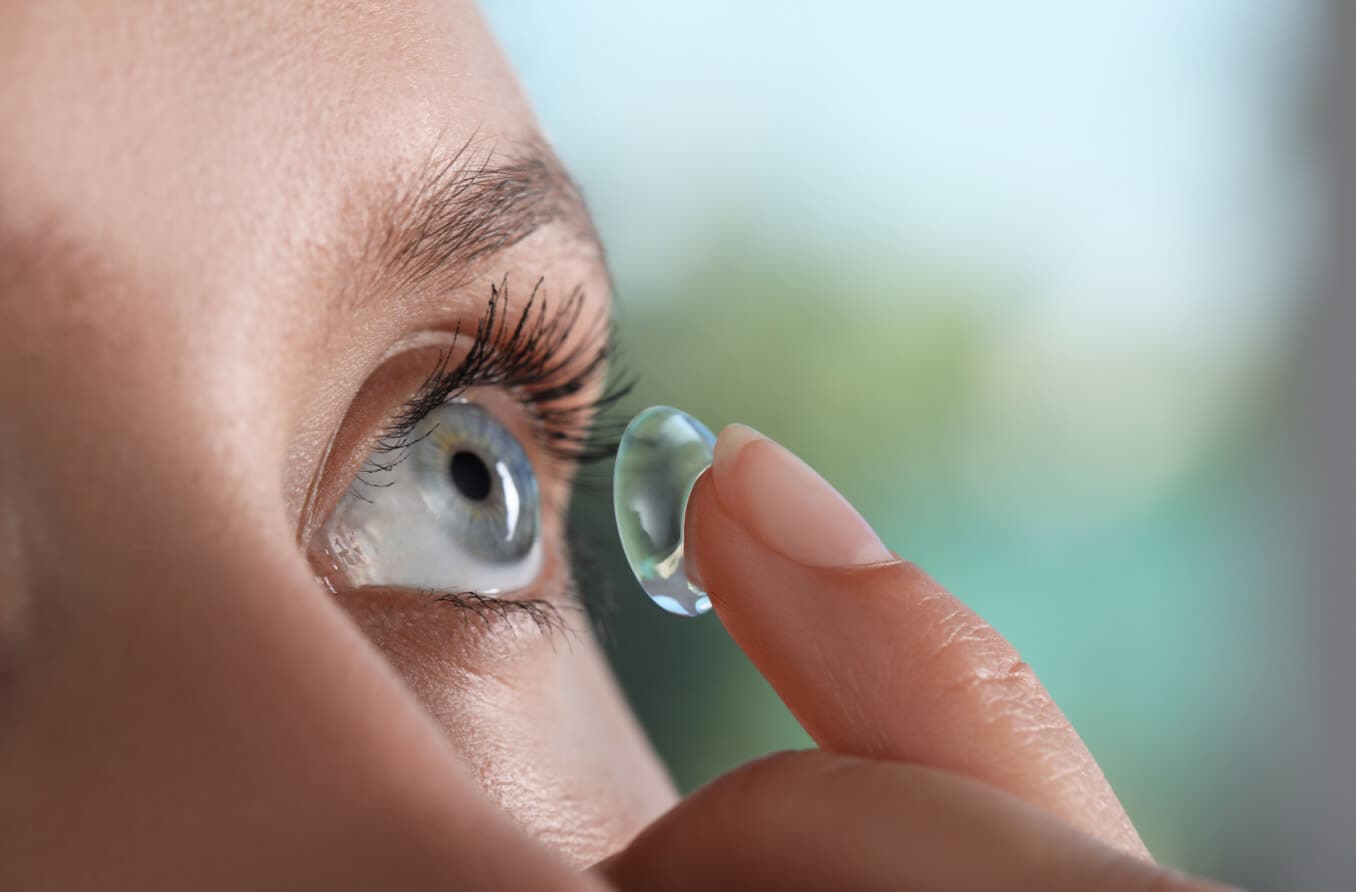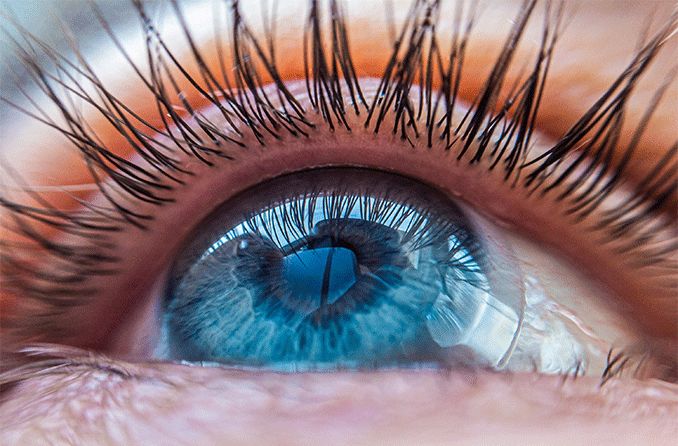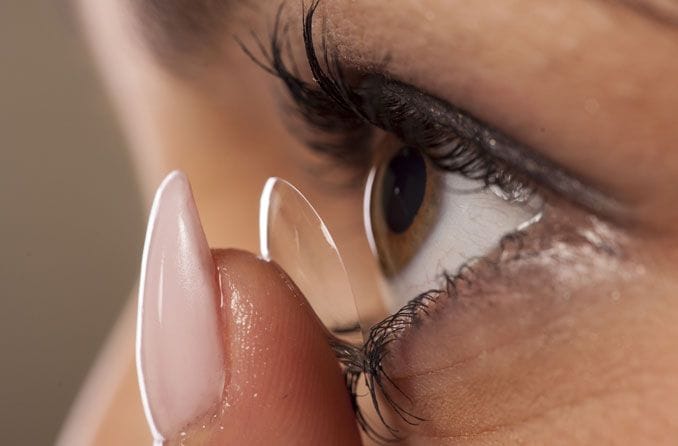Gas permeable contact lenses are rigid lenses made of durable plastics that allow oxygen to pass through the lens. These lenses also are called GP lenses, rigid gas permeable lenses, RGP lenses and oxygen permeable lenses.
GP contact lenses are rigid, but they shouldn't be confused with old-fashioned hard contact lenses, which are now essentially obsolete. Hard contact lenses were made of a type of plastic called polymethyl methacrylate (PMMA). Before 1971, when soft contact lenses were introduced, just about all contact lenses were made from PMMA, which is also called acrylic or acrylic glass, as well being referred to by the trade names Plexiglas, Lucite, Perspex and others.
PMMA has excellent optical properties and was developed as a lightweight and shatter-resistant alternative to glass for many applications. But it is impermeable to oxygen and other gases, and the clear front surface of the eye (cornea) needs a significant supply of oxygen to stay healthy.
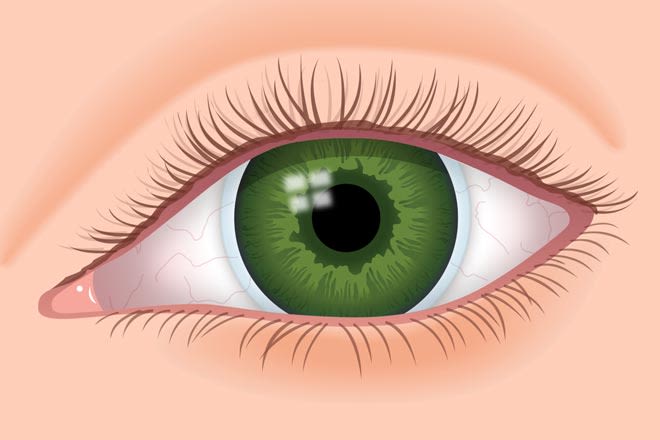
Soft lenses: Soft and silicone hydrogel lenses are thin, pliable lenses that cover the entire cornea and a small portion of the sclera.
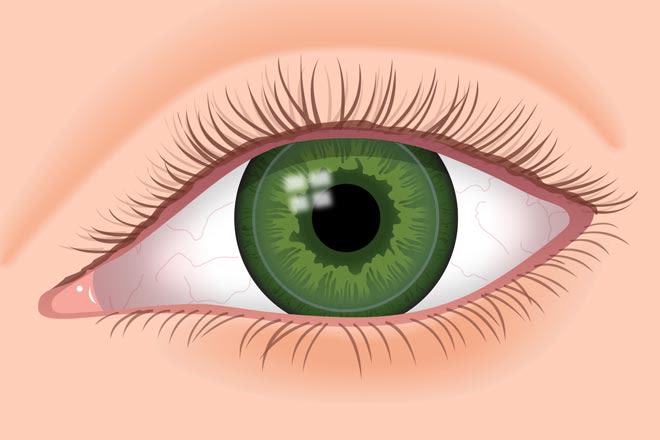
GP lenses: Gas permeable contact lenses are rigid lenses that float on a layer of tears and typically cover about 75 percent of the cornea.
Since oxygen cannot pass through a PMMA contact lens, the only way for this vital element to reach the cornea when wearing them was for tears to wash underneath the lens with each blink. In order for this blink-induced, tear-pumping action to occur, PMMA lenses had to be made relatively small in size. Also, there had to be a significant gap between the edge of the lens and the surface of the cornea.
These design characteristics made many people very aware of PMMA lenses on their eyes or caused discomfort that made wearing the lenses impossible. In some cases, these features also caused problems with PMMA lenses popping off the eye, especially during sports.

